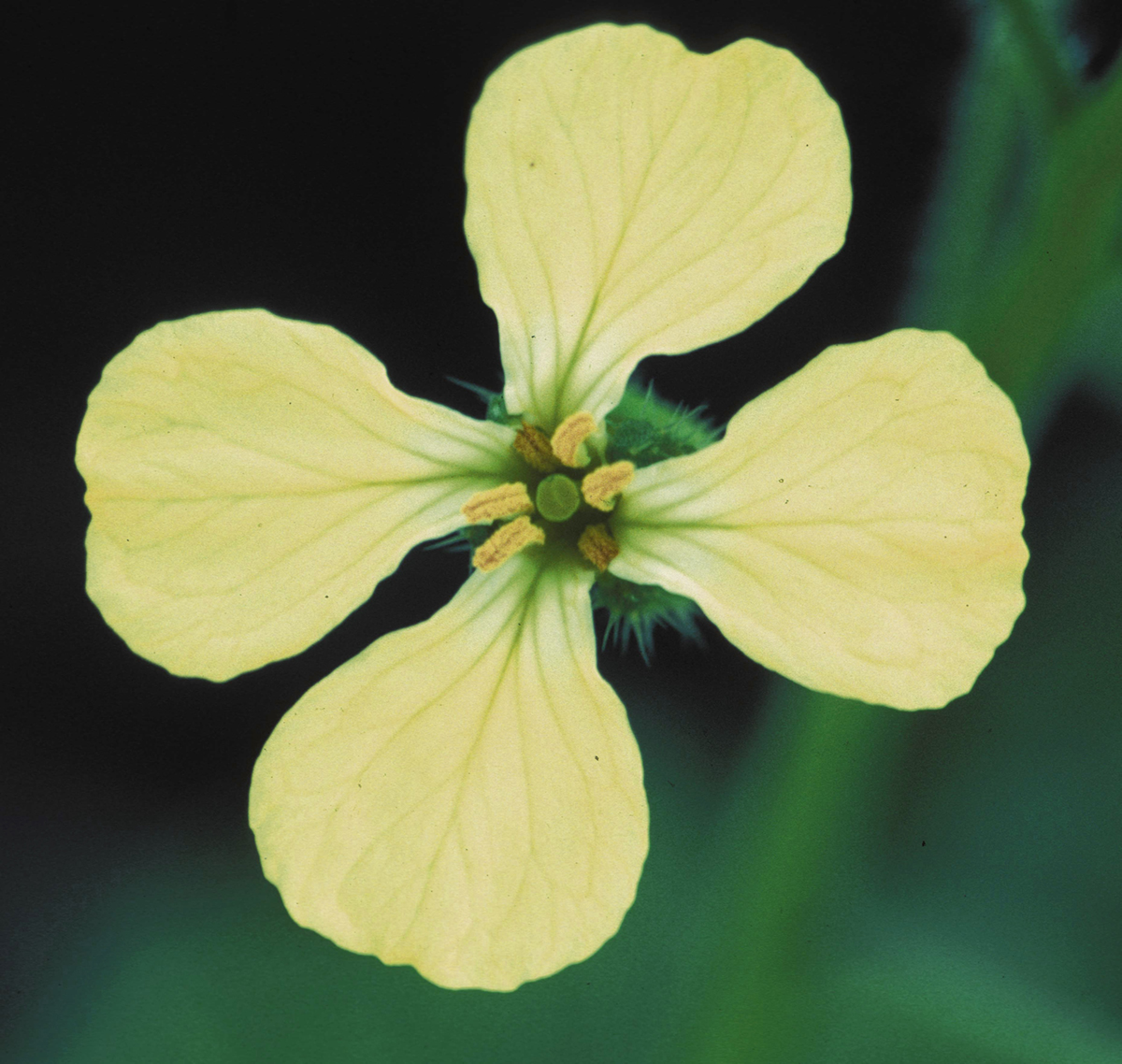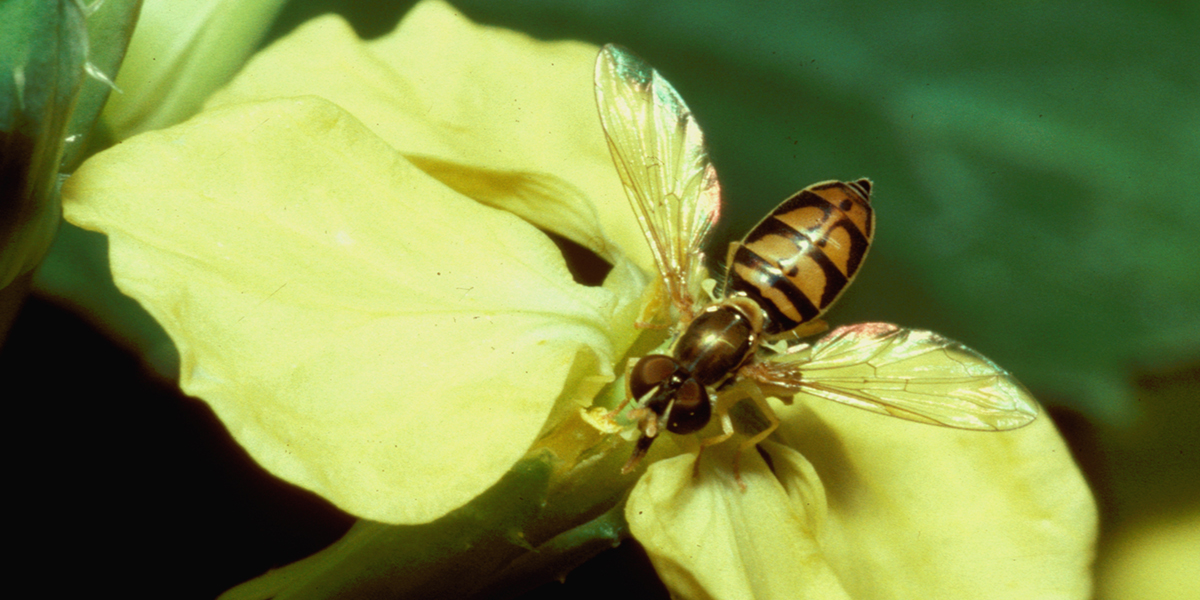Natural selection is usually understood in the context of change. When organisms deviate from the norm, they may gain advantages that let their lineages outlast those of their less-adaptable relatives.
But new research from Michigan State University suggests that natural selection also has the power to keep things the same.
“We always talk about the vast diversity of life and we should. It’s incredible. Natural selection has given us a lot of that, probably most of that diversity,” said Jeff Conner, a professor with the College of Natural Science and the W.K. Kellogg Biological Station, or KBS. “But natural selection can also cause similarities.”
Conner is also a faculty member in the Department of Plant Biology and MSU’s Ecology, Evolution and Behavior, or EEB, program. Additionally, he serves as president-elect of the American Society of Naturalists.
Conner and his team have published a new report in the journal New Phytologist that expands science’s understanding of natural selection in the face of another evolutionary mechanism called genetic constraint.
The idea behind constraint is that, as species evolve, they can lose genetic flexibility in certain areas. This drives specific traits to stabilize and persist through generations.
Roughly speaking, then, it’s tempting to think of natural selection as the accelerator of evolution, driving different or divergent traits and constraint as the brakes, maintaining or conserving similarities.
“Our work flips the script on that a little bit,” Conner said. “We’re suggesting that selection can also slow things down, that it can cause similarities as well as differences.”
Probing selection and constraint
This new paper builds on another report from Conner’s group from earlier this year, led by graduate student Robin Waterman. That work was published in the journal Evolution and first hinted that selection could be responsible for conserving traits.

But the researchers still needed to rule out contributions from constraint, which they’ve done in the New Phytologist report.
In both studies, the researchers relied on wild radish as a model organism, but the plant is also a highly damaging weed in agriculture, especially in wheat fields in Australia and the southeastern United States.
In both publications, the researchers studied a defining feature of wild radish, which is the length of its stamens, or pollen-producing parts. Two of its six stamens are short and four are long.
This trait or feature is also shared widely across wild radish’s nearly 4,000 relatives in the mustard family. That includes Arabidopsis thaliana, another important model organism; garlic mustard, an invasive species in the United States; and many crops such as kale, cauliflower and Brussels sprouts.
So, although the researchers were focused on fundamental biology in these two reports, their work also could inspire future studies to benefit scientists and farmers across the globe.
To evaluate the influence of selection and constraint on this family’s distinctive stamen trait, the team turned to what’s called artificial selection. That is, they selectively bred wild radishes whose stamens were closer to the same length to try and change that characteristic.


